|
|
|
Cambridge University Press
|
The new graded readers series of original fiction, adapted fiction and factbooks especially written for teenagers. The Olympics, the Paralympics and the more contemporary extreme action sports, X Games, are the greatest celebrations of international sporting achievement in the world. Each event is carefully described and is followed by the exciting and varied profiles of two young people, both past and present, who have made incredible contributions to the games. |
|
This book introduces the theoretical and empirical bases for the definition of language learning level in functional 'Can Do' terms for the English Profile Programme, setting out the ambitions of the Programme and presenting emerging findings. The English Profile Programme is an elaboration of the performance level descriptions of the Common European Framework of Reference for Languages (CEFR) that is concerned specifically with the English language. The CEFR has become influential in building a shared understanding of performance levels for foreign language learners. However, there is a considerable gap between the broad descriptions of levels provided, which covers a range of languages and learning contexts, and the level of detail required for applications such as syllabus or test design, which this volume addresses. With its combination of theoretical insights and practical advice, this is a useful work for academics, policy-makers, curriculum designers, textbook writers, postgraduate students and examination board staff. |
|
Teaching Children English focuses on an activity-based approach to teaching young learners aged seven years and over. It examines the educational and linguistic needs of children and provides an overview of appropriate classroom techniques. It highlights the importance of effective classroom management and organisation and supports teachers in the management of classroom resources. It provides extensive practice in lesson planning in terms of language aims. There are ten chapters each dealing with a specific aspect of teaching methodology and classroom practice. Each chapter has a theme-based approach for the task content and includes stories, rhymes, songs, practical tasks and language tasks. Methodology and classroom practice issues are related to these themes — examples include festivals, animals, storytelling and measuring. |
|
In Business is a collection of 30 fun, photocopiable activities focusing on business vocabulary, functional language and skills. The activities range from lower to upper-intermediate level and can be used to supplement a Business English course. The activities come with clear teaching notes and cover a range of key functions such as negotiating, telephoning, and presenting, within a variety of relevant business contexts. This approach allows for dynamic discussion and practical language acquisition. |
|
The studies in this volume explore needs analysis in the public, vocational and academic sectors, in contexts ranging from service encounters in coffee shops to foreign language needs assessment in the U.S. military. In each chapter, the authors explicitly discuss the methodology they employed, and in some cases also offer research findings on that methodology. Several studies are task-based. Contributions include work on English and other languages in both second and foreign language settings, as well as a comprehensive overview of methodological issues in needs analysis by the editor. |
|
This new edition of a highly successful pronunciation text covers all of the speech sounds of North American English, as well as spelling, intonation, and stress. Pronunciation Pairs offers a variety of exercises and activities, from very controlled minimal pair and listening discrimination tasks to dialogs, games, puzzles, and guided conversations. The Pronunciation Pairs, Second Edition, Student's Book has updated dialogs, which include current and useful vocabulary. Hundreds of simple, clear illustrations help students understand the dialogs and vocabulary. An audio CD with selections from the complete class audio program is included in the back of the Student's Book. |

|
Cambridge English Skills is a four level skills series for adults and young adult learners. Learners can develop the skills they need to read English confidently wherever they are — at home, at work, travelling, studying or just in social situations with English-speaking friends. This edition comes without answers. |
|
Over the last 20 years vocabulary research has grown from a Cinderella subject in foreign language teaching and research to a position of some importance. Vocabulary is now considered integral to just about every aspect of language knowledge. With this development have come standard and widely-used tests, such as vocabulary size and lexical richness measures, and very commonly accepted metaphors, such as the mental lexicon as a web of words. Less widely known outside academic circles, however, is the extensive work on learners' lexis and the utility, reliability and validity of the tests we use to measure and investigate it. Vocabulary is a lively and vital area of research and innovation. This volume brings together contributions from internationally-renowned researchers in this field to explain much of the background to study in this area. It introduces to a wider audience the concerns, the new approaches and the most recent developments in the field of vocabulary research and testing. |

|
Cambridge English Skills is a four-level skills series for adults and young adult learners. Learners can develop the skills they need to use English confidently wherever they are — at home, at work, travelling, studying or just in social situations with English-speaking friends. This edition comes without answers. |
|
Inspired by a ground-breaking article by Joan Rubin in 1975 in which she set out to identify the strategies used by successful language learners, this edited collection re-examines the same topic in the light of current thinking and research, considers the implications for language teaching and learning, and looks at some of the questions which are still unresolved. |

|
Recent years have seen rapid growth in the numbers of children being taught foreign languages at younger ages. While course books aimed at young learners are appearing on the market, there is scant theoretical reference in the teacher education literature. Teaching Languages to Young Learners is one of the few to develop readers' understanding of what happens in classrooms where children are being taught a foreign language. It will offer teachers and trainers a coherent theoretical framework to structure thinking about children's language learning. It gives practical advice on how to analyse and evaluate classroom activities, language use and language development. Examples from classrooms in Europe and Asia will help bring alive the realities of working with young learners of English. |
|
The Cambridge Academic Content Dictionary defines the vocabulary students need to succeed in high school and beyond. The hardcover edition is ideal for classroom adoptions. Its entries include more than 2,000 key vocabulary items from the content areas of math, the arts, chemistry, earth science, physics, American and world history, social studies, language arts, and other disciplines, as well as the more general vocabulary used in academic writing and speech, such as analyze, derive, and subsequent. The dictionary also provides full coverage of the everyday words and phrases students need to know. It is based on extensive Corpus research and developed with the needs of English learners in mind. |

|
The English Ladder is a four-level course designed to help pupils take their first steps in English. Based around the adventures of Freddie the frog and the Fantastic family, the course develops pupils' language skills through lively stories that can be acted out, valuable phonics practice, songs, tongue twisters, games and communication activities. These Level 4 Flashcards help present the vocabulary in the Level 4 Pupil's Book. |
|
Clear Speech, the world's favorite pronunciation series, helps students master the most important features of spoken English. The Clear Speech, Fourth Edition, Student's Book provides easy-to-follow presentations, helpful rules, and extensive practice in pronunciation. This revised edition offers new and updated content, additional visual support, and is now in full color. |
|
The former Soviet empire spanned eleven time zones and contained half the world's forests; vast deposits of oil, gas and coal; various ores; major rivers such as the Volga, Don and Angara; and extensive biodiversity. These resources and animals, as well as the people who lived in the former Soviet Union — Slavs, Armenians, Georgians, Azeris, Kazakhs and Tajiks, indigenous Nenets and Chukchi — were threatened by environmental degradation and extensive pollution. This environmental history of the former Soviet Union explores the impact that state economic development programs had on the environment. The authors consider the impact of Bolshevik ideology on the establishment of an extensive system of nature preserves, the effect of Stalinist practices of industrialization and collectivization on nature, and the rise of public involvement under Khrushchev and Brezhnev, and changes to policies and practices with the rise of Gorbachev and the break-up of the USSR. |
|
Making Connections teaches an extensive range of reading skills and strategies in order to prepare students for college reading. Making Connections Third edition Level 3 Student's Book develops key reading skills and strategies such as recognizing patterns of textual organization, understanding how writers create connections within and across sentences, and learning how to process academic language and vocabulary. It features high-interest topics, including health, immigration, language learning, and the environment. |

|
Making Connections teaches an extensive range of reading skills and strategies in order to prepare students for college reading. Making Connections Third edition Level 3 Teacher's Manual contains teaching suggestions for each activity type as well as a complete answer key. Photocopiable unit tests contain additional thematic readings and assess how well students have learned the unit's reading skills and the unit's target vocabulary. |
|
Materials Development in Language Teaching aims to help readers apply current theoretical principles and research findings to the practical realities of developing and exploiting classroom materials. The authors also suggest new ideas and directions in materials development, which readers can pursue for themselves. This book is accessible to readers with little previous experience in the field, and is essential reading for all those involved in developing materials for language teaching. In the second edition of this highly popular title, each chapter has been comprehensively revised and updated to take into account both recent research and the significant technological developments since the first edition was published in 1998. Two new chapters have been added to assess the potential of electronic media for materials development. These chapters include an overview of the technologies available, as well as individual case studies and activities. |
|
Research Genres discusses today's research world, its various configurations of genres, and the role of English within them. Theoretical and methodological issues are explored, with a special emphasis on various metaphors of genre. The book is full of carefully-worked detail and each chapter ends with suggestions for pedagogical practice. Research Genres provides a rich and scholarly account of this key area. |
|
This book enables practitioners to apply statistics effectively to the development and use of language assessments. |
|